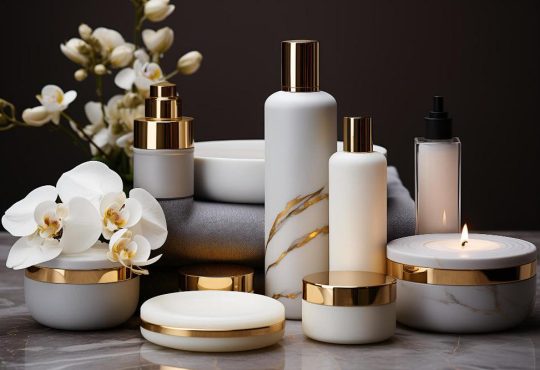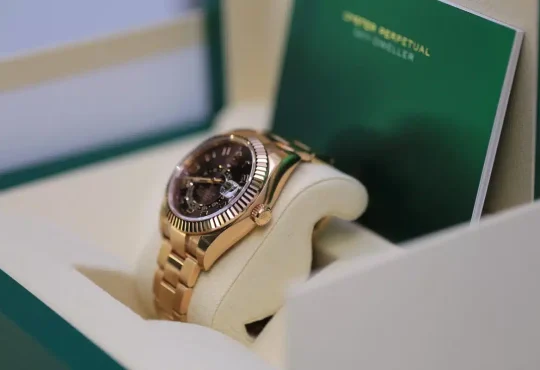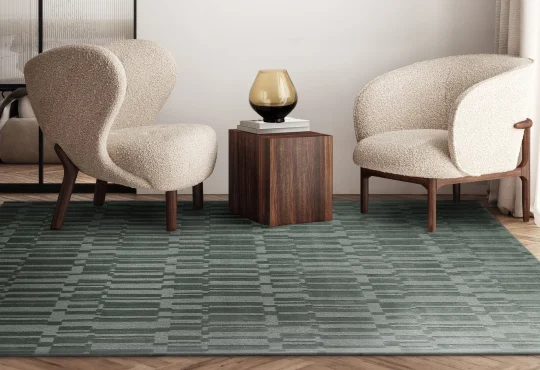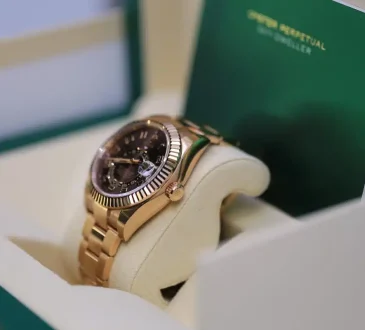The Future of Luxury Retail: How Technology is Transforming the Shopping Experience

In the past, luxury retail was all about the in-store experience. Shoppers would visit high-end boutiques and department stores to see and touch the products, chat with knowledgeable sales associates, and enjoy the luxurious atmosphere. However, with the rise of technology, the shopping experience is rapidly changing. Today, luxury retailers are leveraging technology to enhance the in-store experience, create seamless online shopping experiences, and offer customers unprecedented levels of personalization.

Virtual Reality and Augmented Reality
Virtual reality (VR) and augmented reality (AR) are two technologies that are transforming the luxury retail experience. With VR, shoppers can experience products in a completely immersive environment. For example, they can “try on” clothes or jewelry virtually, see how furniture would look in their home, or even take a virtual tour of a store. AR, on the other hand, allows shoppers to see digital information overlaid on the real world. For example, they could point their smartphone at a piece of clothing and see information about the item, such as its price or available colors.
Smart Mirrors
Smart mirrors are another technology that luxury retailers are using to enhance the in-store experience. These mirrors use RFID technology to identify the products that customers are trying on, and then display additional information on the mirror’s surface. For example, a smart mirror in a clothing store might display information about the item’s fabric, care instructions, and available sizes. Some smart mirrors even allow customers to request a different size or color without leaving the dressing room.
Personalization
Personalization is another trend that is transforming the luxury retail experience. With the help of technology, retailers can offer personalized recommendations and experiences to customers. For example, they can use data from customer profiles and purchase histories to recommend products that are likely to be of interest. They can also offer personalized styling advice, create customized products, and even offer tailored promotions and discounts.
Online and Offline Integration
Finally, luxury retailers are using technology to create seamless online and offline shopping experiences. For example, many retailers are offering “click and collect” services, where customers can order products online and then pick them up in-store. Others are using technology to create a unified shopping experience across all channels, such as allowing customers to use their online shopping history to make recommendations when they visit a physical store.
Technology is transforming the luxury retail experience in exciting ways. From VR and AR to smart mirrors and personalization, retailers are using technology to create more immersive, seamless, and personalized experiences for their customers. As technology continues to advance, we can expect the luxury retail experience to become even more innovative and engaging.








